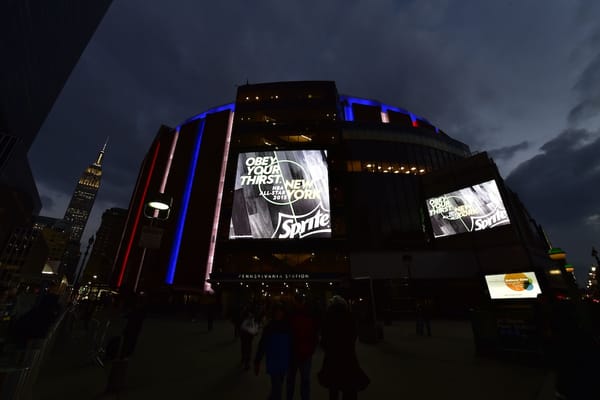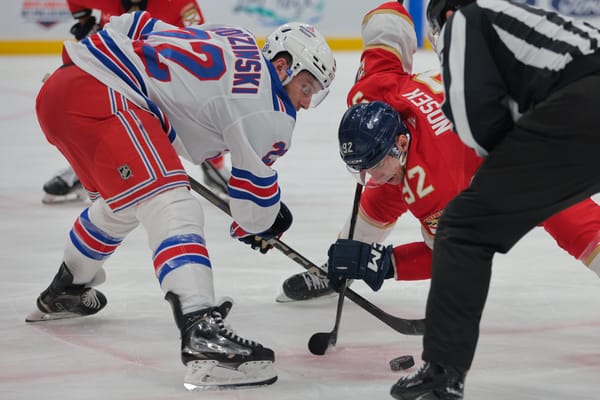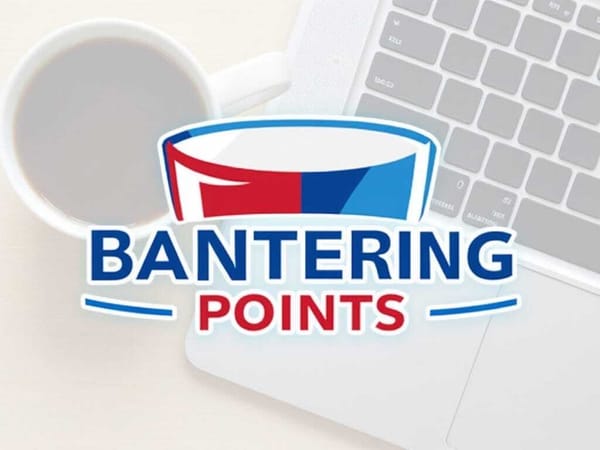The Rangers’ Opening Night Roster Leaves Much to be Desired
For an organization looking to infuse speed and youth into their NHL lineup, New York’s roster is largely devoid of new blood
A highly-touted head coach brought a personal favorite player from a previous NHL stop to his new team. That player served as his former team’s “enforcer”, and despite mountains of evidence suggesting that the player isn’t one of the thirteen best forwards in the new organization, he managed to reunite with his former coach, survive roster cuts in his first training camp, and is slated to serve the same role for the New York Rangers.
If you read that opening and instantly thought of Alain Vigneault and his infatuation with Tanner Glass, you should think again. The new boss is the same as the old boss, and Cody McLeod’s spot on the Rangers’ roster is due in no small part to his familiarity with David Quinn. Quinn spent the lockout-shortened 2013 season as an assistant coach behind the Colorado Avalanche’s bench, and it appears Quinn liked enough of what he saw to welcome the rugged forward back into the fold.
McLeod’s presence on the team is just one of many issues with New York’s initial 23 man-roster, both on the surface level and what it means for the organization’s mindset. After a failed re-tool during the summer of 2017, the Rangers announced their intentions to rebuild. Jeff Gorton elected to move on from most of the stars that propelled New York to an Eastern Conference Championship and a Presidents’ Trophy in back to back seasons, and shipped them off for a plethora of draft picks and prospects in order to begin again.
Alain Vigneault’s firing and the decision to hire David Quinn were supposed to reinforce those ideas. Quinn has been heralded as a developmental wizard for his stint as the head coach of the BU Terriers, a hockey program that was consistently churning out NHL-caliber players before Quinn arrived, and will likely continue to do so in the wake of his departure.
Moving past that, Quinn’s biggest positive compared to his predecessor has been touted as ability to communicate with and elevate the game of his younger players. Assuming that to be true, it would make sense to prioritize opportunities for the franchise’s promising prospects. The Rangers aren’t going to be competing for a Stanley Cup this season, so there’s nothing to lose by giving more ice time to (allegedly) mistake-prone youngsters. Instead, Gorton and Quinn decided on the following roster:
Zuccarello (maintenance) not skating. Otherwise: 20-93-89; 26-13-8; 23-72-17; 90-48-95; 76-54; 42-22; 18-44; 33-77.
— Larry Brooks (@NYP_Brooksie) September 28, 2018
Line combinations will change throughout the season, but that doesn’t make them any less egregious while they’re still in effect. Of the players on the roster, the three likely to start the season in the press box are the aforementioned McLeod, soon-to-be 26 year old UFA signing Fredrik Claesson, and soon-to-be 23 year old Tony DeAngelo. Adam McQuaid is set to star on the right side of New York’s top pairing alongside Brady Skjei, while DeAngelo and Neal Pionk will likely be rotating on the right side of the 3rd pair.
As for the team’s forwards, Jimmy Vesey has turned two years of negative shot differentials and sub-30 point performances into a top six spot to open the season. Ryan Spooner, another player who consistently finds himself on the wrong end of the shot and chance battle, will be skating on Filip Chytil’s wing. Brett Howden will appreciate the support of having a perfectly serviceable Vlad Namestnikov on his wing on the 4th line, but it would be more sensible to pair Chytil with two helpful players on his line instead of one.
All of that can be said without diving into the players who won’t be hearing Joe Tolleson call their names on Thursday. By the time New York made its final roster cuts, some of the team’s most prominent prospects found themselves on the outside looking in. Former 7th overall selection Lias Andersson topped the list, and his exclusion from the NHL roster was a major shock. Ville Meskanen, Michael Lindqvist, and Libor Hajek were among the team’s other recent acquisitions that will start the season in Hartford.
The Rangers are in the awkward position of not having enough roster spots for all of their players who “deserve” NHL time. Unfortunately, the team is only in this position because they put themselves into it over the summer. There was no reason to bring back Vesey and Spooner on multi-year deals, and arguably no reason for them to return at all. The two RFA’s were 25 and 26 years old respectively, and have likely already reached their peaks. Those peaks aren’t very high, and are easily replaceable with bargain bin free agents every August.
Did Meskanen and Lindqvist dominate during Traverse City and training camp and 100% prove they belong in the NHL? No, but that’s not that point. Those two players are unknown quantities compared to Vesey and Spooner, (and McLeod as well, but nepotism guaranteed him a spot) so the Rangers don’t know what they are. If you give them legitimate minutes and they turn out to be good? Great! You just found yourself a capable, cost-effective depth player or two to fill out your roster. What if you play them and discover that they can’t handle the speed and skill of the big leagues? That’s fine too! The Rangers aren’t going anywhere this season, so the team can afford to let young players take their lumps at the NHL level.
The same mindset can be applied to the opening night defense corps, but to an even greater degree. Vesey and Spooner were already on the roster, and if Jeff Gorton didn’t want to let an RFA walk for free then so be it. There was absolutely zero reason to go out and give up two draft picks to acquire Adam McQuaid from Boston less than a week before training camp began. McQuaid is built in the mold of the typical hard-hitting, slow skating defenseman that has been getting phased out of hockey since the turn of the decade.
Adam McQuaid gets a lot of pucks towards the net but isn't really an effective NHL defenseman.
— Sean Tierney (@ChartingHockey) September 11, 2018
Kampfer isn't an NHL defenseman.
If you swept up a couple of draft picks in this trade, you're the winner. pic.twitter.com/RlSH0PQxs2
McQuaid has been cited as a leader in the locker room, and his intangibles are seen as the driving force behind his acquisition. Intangibles are great, but if they get prioritized over on-ice skill, there’s a massive issue brewing. In addition to that, McQuaid’s spot on the roster at all, let alone his current position on the right side of the Blueshirts’ top defensive pairing, runs against everything the rebuild is supposed to be about.
One of Tony DeAngelo or Neal Pionk will be watching games from the press box every night. Libor Hajek and John Gilmour will be riding buses around the Northeast for a majority of the season barring catastrophic injuries on Broadway. All of that will be happening while McQuaid and Brendan Smith skate regular shifts for a team that’s going nowhere fast.
For a franchise supposedly determined to rebuild the “right way”, Jeff Gorton and David Quinn have started off on the wrong foot. The team’s roster moves leading up to training camp ran counteractive to its goal of getting younger players into the lineup. The cuts down to 23 healthy players left some of the team’s most exciting prospects out of the lineup or off the roster entirely. Even the ones set to hit the ice on Thursday don’t appear to be in a position to succeed out of the gate.
There’s a number of ways to go about developing your prospects and setting them up to contribute positively in the future. The sure-fire way of seeing which players are NHL-ready is by letting them play in the NHL. The Rangers had the opportunity to construct a roster that would allow them to do that. Instead, most of the team’s top prospects will be tested against the Matt Puempel’s, Zack Stortini’s and Steve Oleksy’s of the hockey world down in the American Hockey League.
Well, them or the footlong hot dogs and $15 Super Pretzels from concession stands around the NHL.





